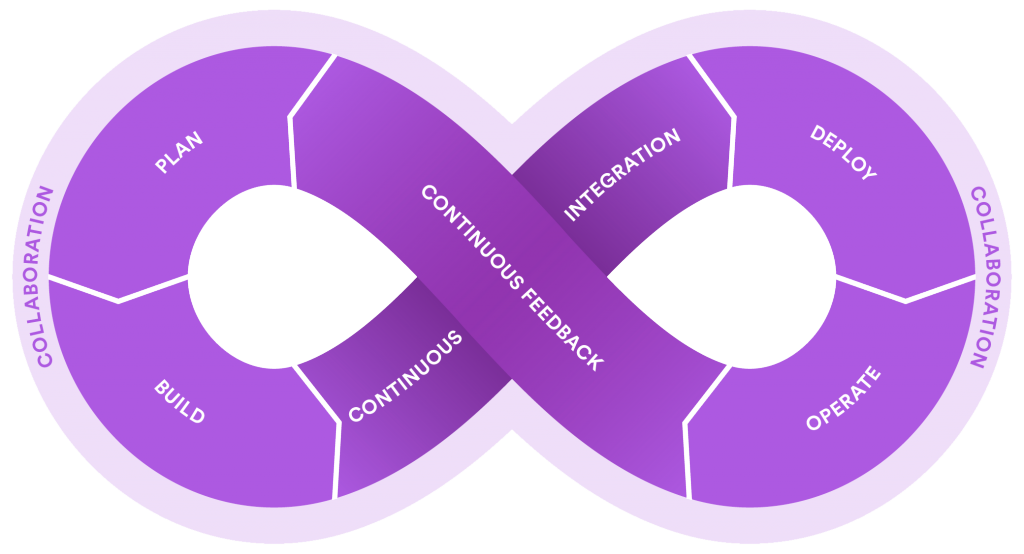8 Best Practices of Continuous Integration To Supercharge Your Software Development Team
The software development teams have immensely benefited by adopting iterative and incremental development practices over old-fashioned and traditional software development approach. Today, more and more companies are embracing Agile methodologies to allow the development teams to respond quickly to stakeholders’ feedback and provide superior customer experience.
While talking about Agile, Continuous Integration (CI) and Continuous Delivery (CD) are an integral part of the development practice. Both CI and CD have been widely adopted by companies to enable collaboration, increase agility and deliver a high-quality product faster. The basic idea of CI is to build and integrate the code frequently and enable development teams to operate effectively whereas CD enables rapid delivery process and helps the product to see the daylight faster.
Continuous Integration (CI) ensures that the software is built and tested regularly by automating the entire process. It allows developers to integrate their code multiple times in a day into a shared repository with automated check-ins to identify bugs and issues. It also helps the team to detect bugs at the early stage of development and quickly resolve them to maintain the code quality and release more functional versions of the software.

Some of the benefits of Continuous Integration are:
- Enables seamless collaboration within the team
- Enhances software quality
- Improves visibility of specific bugs and issues in the code
- Faster iterations
- Allows developers to focus more on adding new features
- Reduces project cost and effort
- Accelerates product delivery
- Increases development lifecycles
Back in 2006, Martin Fowler defined the basic principles of Continuous Integration which have now become the best practices of Continuous Integration to maintain high code quality standards and accelerate the software development process.
Outlined below are the 8 best practices of Continuous Integration that organizations must follow
1) Maintain a central code repository: Software development project involves multiple developers constantly working and pushing code files that need to be orchestrated together to build a product. The best practice is to keep a revision control system or tool in place that helps the team to keep the latest and clean code in the repository at any point in the development process.
2) Automate the build and deployment: The key aspect is to avoid keeping everything in the automated build. The build automation ensures that the development team only works on the latest source code from the repository and compiles it every time to build the final product. Similarly, the process of automated deployment allows developers to push the product to various environments quickly and save a lot of time.
There are many tools available to automate the build and deployment process such as BitBucket, GitHub, Codeship, TravisCI, SemaphoreCI, CircleCI, Jenkins, Bamboo,TeamCity. They help the development team to seamlessly manage and maintain the build management process.
3) Self-testing builds: The process of including automated testing in the build process helps the team to identify bugs faster and make the process efficient. Automated tests involve unit and interface testing to have greater visibility on the state of the product before release. It also allows team to look for code breakage and fix resolve issues rapidly.
4) Test in a clone of production environment: A successfully tested application often fails to perform in the production environment due to variation in the testing and the production environment. To bridge this gap, a staging environment or a clone of the production environment should be built that maintains the technology stack and composition to allow developers to perform testing and understand the behavior of the application efficiently.
5) Commits to the baseline every day: To eliminate the conflicting changes, developers should commit the code to the repository every day. More commits are considered better as it provides less scope in the code to look for conflict errors and can be easily fixed. Frequent commits make communication better among the team, encourage developers to break down their work into small chunks and easily track progress in the code.
6) Keep the build fast: The purpose of continuous integration is to provide instant feedback on the build. A great build keeps the team ahead in the development lifecycle. The primary bottleneck of any application is the testing phase – that involves unit and interface testing. The team should ensure that the process of bug identification and fixing is smooth and quick enough, so that a good commit build is available for other developers to work on.
7) Make it easy to get the latest deliverable: The team involved in the project includes stakeholders, testers and developers. They should be able to access the latest builds readily. The team can use the latest build for demos and reuse it for building advanced features on the product.
8) Everyone is able to see what’s happening: The goal of CI is to have smooth and effective communication between the team members. The purpose is to have clear visibility on the state of the mainline build and the latest changes that have been made to it. Failed builds should be immediately reported to the concerned stakeholders for the relevant changes to be made. Many organizations use emails, instant messaging or various other monitoring tools to report the latest builds in the process.
In this fast paced environment, Continuous Integration (CI) plays a significant role in streamlining the software development process. Adopting CI best practices allows greater collaboration among the team members and increases overall efficiency and agility. It helps stakeholders, testers and product owners to work together seamlessly eliminating bottlenecks and achieve faster time to market.


Hey Anuradha,
Wilson from Codeship here, awesome blog article and thank you for mentioning Codeship. Would you mind backlinking to our services? 🙂